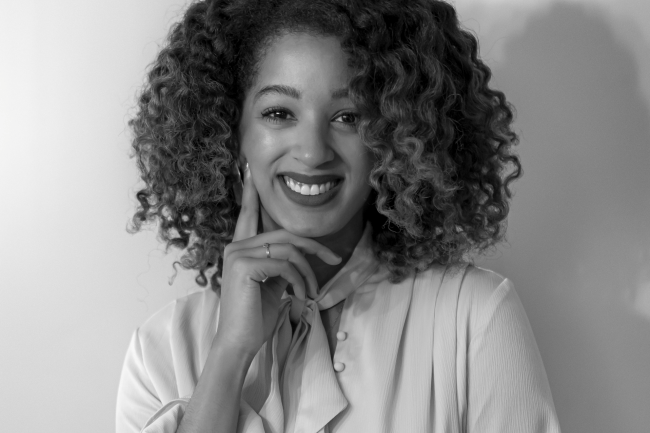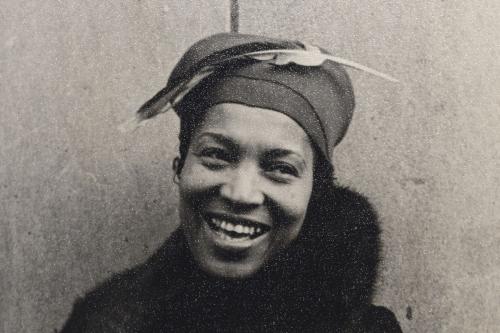Natalie Edwards (BBA ’12) has spent her career immersed in workplace inclusion and diversity efforts. Since graduating from Howard University, she’s led inclusion strategies at The Estée Lauder Companies; for the U.S. government as a consultant at Deloitte Consulting; for the Wharton School at the University of Pennsylvania during her MBA studies; and, most recently, as the chief diversity officer at National Grid, an energy delivery company.
While at Estée Lauder, Edwards created the recently launched She’s Howard: Own Your Power, a partnership between Howard and Estée Lauder to mentor and empower Howard University alumnae through their professional lives.
Q: What is a diversity officer?
A: To me, a chief diversity officer (CDO) is the primary leader advocating for all employees to feel seen, heard and valued for their uniqueness – and they partner with their executive peers to make sure policies and procedures uphold that culture of inclusion. They’re a truth teller – the person and the conscience when it comes to diversity and inclusion in an organization.
Q: What skills and knowledge does a diversity officer need to be successful?
A: I’d say strategy, advocacy, connection and influence. You’re really a change agent within a large organization. You need to be highly analytical, have to know how to invest in change over the long term, be able to present your case to other leaders who aren’t as close to the work and manage large budgets.
Q: Many companies are now adding a chief diversity officer. What’s your reaction?
A: I love it! It is something that every company should have had a long time ago, but I welcome it as it is arriving now.
Q: What do companies need to do to ensure success from this new position?
A: It is never too late, as long as the company has done the work to understand why they are in need of one, as well as the reflection required to be ready for what the CDO is going to do. Change is never easy, but it is easier to do when people are on board. The one mistake I see/hear about is companies hiring a CDO to look good, and as a result, they do not empower the CDO when they arrive to do the work that matters.
Q: How can companies start to change their hiring practices and address their hiring criteria, especially their unconscious ones, like prioritizing candidates from “brand name schools”?
A: It starts with those inside of a company to break down the assumptions they may carry in their minds as to what [being] “qualified” looks like. [In addition], we need to recognize that people bring diversity in many ways. That could be things like race and gender, but also, less talked-about things like generation, education level and years of experience.
Q: How do we, as a country, get to a point where it’s not uncommon to see an entire company’s leadership made up of, say, minorities or women?
A: Keep talking about it. Keep investing in it. Keep getting uncomfortable – because that’s the only way we learn. And keep moving forward.





